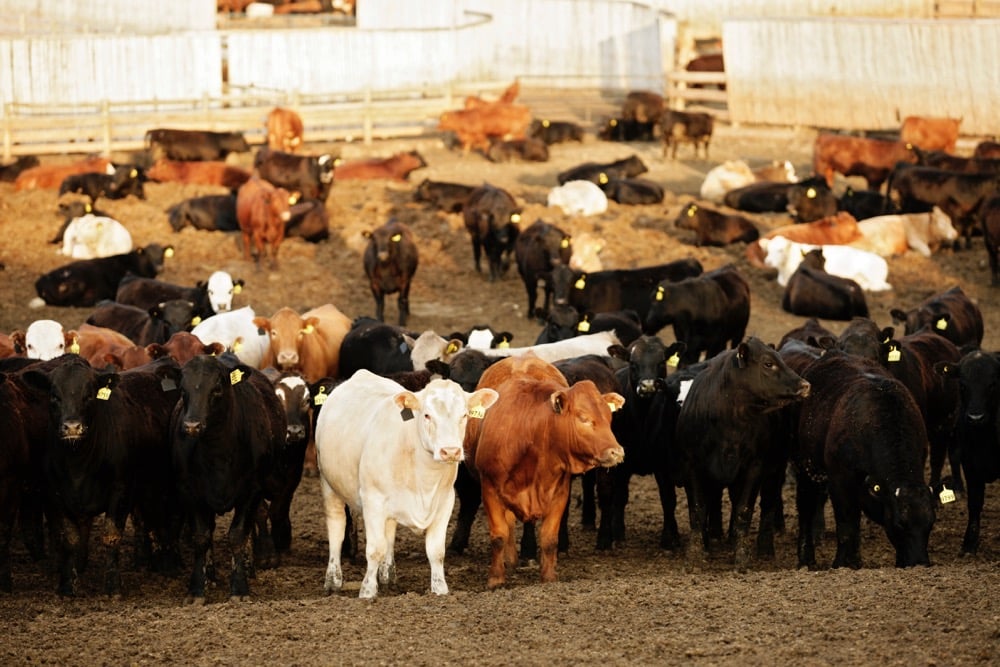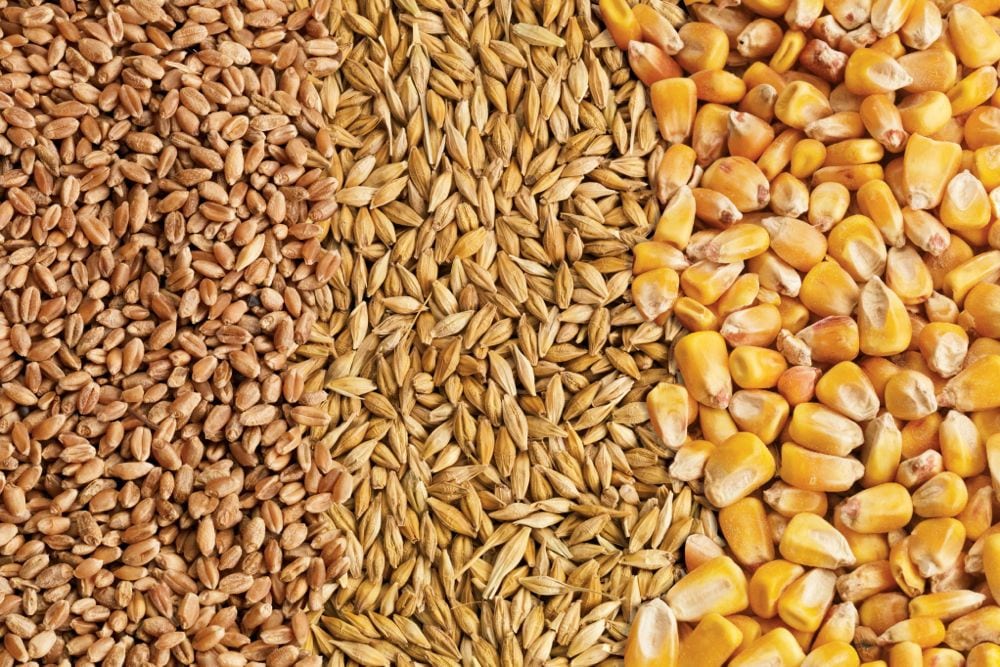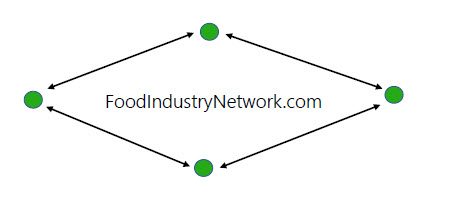Analysts believe American tariffs are inevitable

Glacier FarmMedia—Canada’s livestock sectors have been anxious about the prospect of tariffs since Donald Trump won the American election in November.
Dennis Laycraft, executive vice-president at the Canadian Cattle Association, said without knowing exactly what is coming, the organization could analyze the threatened tariffs only so much.
“They could announce tariffs that come into effect immediately. They could announce moving forward with hearings and that they intend to move ahead but they don’t come into effect immediately,” he said.
“They could be selective tariffs, or they might vary the amount or apply a broad-based tariff to all importers.”
Read Also

Feed grain update: Barley steady as corn rises
Feed barley prices in Western Canada were holding relatively steady in mid-January, despite rising corn prices south of the border.
Laycraft said the CCA and its beef advisers tried to look at all the risks, but even their counterparts south of the border had no better idea what would happen.
Trump had said he would impose 25 per cent tariffs immediately upon taking office Jan. 20. However, on inauguration day it appeared he would take a more methodical approach to examining trade with Canada and some other countries.
Analysts have said the tariffs wouldn’t be good for either country. Everyone agrees they are coming anyway.
Al Mussell from Agri-Food Economic Systems said there will be plenty of complaints in the United States from companies disadvantaged by the tariffs, but they will still go ahead.
“I think the tariffs are going to be necessary for the U.S. as a source of public finance, which sounds crazy,” he said.
Livestock market analyst Kevin Grier said it’s just a matter of when tariffs start and when they end.
“A lot of people are saying he won’t put them on in the livestock industry because there’s too many jobs at stake and so on. I think that’s very naïve. I think that cattle and hogs and so on are just a drop in the bucket compared to some of the other industries that are trying to lobby to be exempt,” Grier said.
Cattle producers are likely annoyed and worried but shouldn’t be too concerned at this point, he said, although sales were fully steady and higher than usual ahead of inauguration day.
“If I’m a cattle feeder, it’s a totally different story,” he said.
Feeders are uncertain if contracts will be honoured by the two major packers, JBS and Cargill, in Canada and in the U.S. Each individual packer will have different circumstances and ways of dealing with the tariff, depending on how much leverage they have, he said.
“There’s no real answer except that it’s bad news and probably will result in much lower prices,” he said, adding he does expect retaliatory action on beef.
It’s also bad for the hog industry.
About 70,000 weaners and feeders go south each week. Grier said they have to go, and the circumstances are similar to cattle in that contracts may or may not be honoured.
Grier said disease in the U.S. has led to strong demand for Canadian hogs.
The cash market will likely be affected negatively, but that demand may temper the situation.
Market hogs mostly move from Eastern Canada, and Grier said negotiations will be at play in that sector. The U.S. packer may take a long-term view and offer to split the tariff cost or not honour the contract at all.
Mussell said if U.S. buyers want Canadian pigs badly enough, they will find a way to share the burden.
“There’s probably some awkwardness if this is tied up in forward contracts because there’s some people who are going to say this is like a force majeure situation,” he said.
In terms of pork exports, he said tariffs could decrease the cut-out margin of Canadian processors and lead to different decisions.
The shorter production cycle for hogs creates a more urgent situation for those producers.
“Producers tell me they’ve got about a two-week window in which they can sort of slow things down,” he said.
Mussell suggested livestock producers could delay some discretionary spending and sit on some cash in order to ride out whatever is coming.
He warned that if access for live animals or processing economics change volumes, then the issue will back up into the feedgrains system.
He added it’s not in the best interests of the U.S. for Canada’s industries to suffer.
“They’re trade deficit in ag and food products with Canada. They need to be able to import from us,” he said.
University of Alberta agricultural economist Ellen Goddard said the sheer numbers of live animals moving south indicate how much they need that supply.
Laycraft said processors in the U.S. Northwest require a regular supply of Canadian cattle to operate at capacity.
However, Goddard said supply chain participants will react differently. For example, American beef producers who see higher prices might see them favourably.
“My suspicion is that the people who are working with integrated supply chains at the processing level and getting their product from wherever is cheapest at the time they need to buy it are not going to be happy,” she said.
At the farm level, she predicts lower prices for Canadian producers in the short term.
The pork industry will respond much more quickly to that by cutting back supply, unless they have already started aggressively looking for other markets, she said.
Canada and the U.S. are both at the tail end of their cattle contraction cycles and would have started expanding.
“With the tariffs, it will probably take longer for the Canadian industry to turn around and start increasing their beef supply because prices won’t go up as much here,” Goddard said.
Producers who weathered BSE can withstand the tariff, she said.
“A 25 per cent tariff is going to be a significant price impact but nowhere near as big as the price impact that happened in the latter half of 2003 and early 2004,” she said.
Goddard said Canadians who get the message about how much tariffs hurt farmers will likely support them, similar to the BSE years, even though inflation and high food prices are concerns.
She expects retail prices to come down a bit.
Grier said there could be some front-page flyer specials but overall he doesn’t see much change at retail.
Meanwhile, CCA is developing a multi-faceted strategy to deal with the tariffs.
“The shorter number one goal is hopefully stop or prevent it through talking about the benefits of the Canada-U.S. integrated marketplace and supply chain,” Laycraft said.
The discussion includes what business risk management tools are available to help.
Source: Farmtario.com

